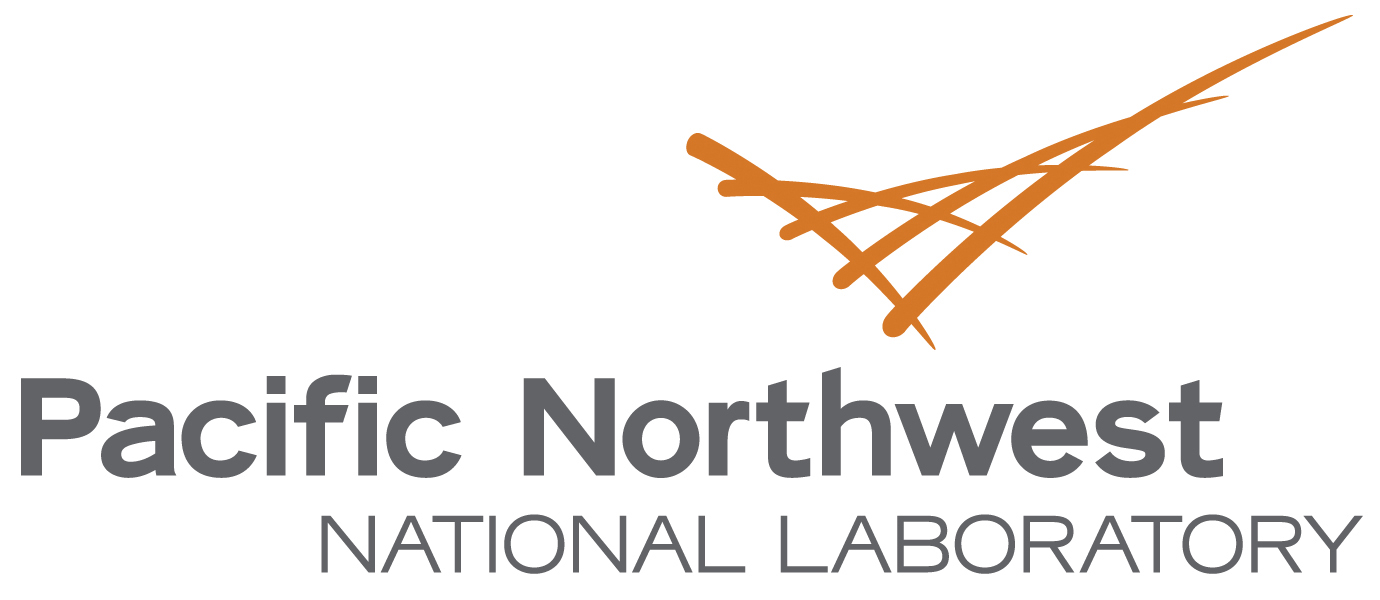Newswise — Studies have shown that early-career professionals find their place faster and become more successful in careers when they have mentors who actively promote their career development. Mentoring allows people who have less experience to step into a world that opens opportunities and development paths. It is an investment in the future workforce. Every year, more than 1,200 interns and research associates come to Pacific Northwest National Laboratory (PNNL), where each one of them is paired with a mentor who stewards the intern’s experience, growth, and career development during their time at PNNL.
One such mentor, Leo Fifield, a PNNL materials scientist, has been serving as a student mentor for 18 years. He recently received the 2022 PNNL Laboratory Director’s Award for Outstanding Contributions to science, technology, engineering, and mathematics (STEM) education for teaching and mentoring. Fifield has mentored many postdoctoral researchers who became his colleagues over the time he has served as a PNNL mentor. For him, this represents a core value as a scientist and a priority that Battelle and PNNL hold: a deep commitment to investing in the future STEM workforce by creating opportunities that would not have been available otherwise. Mentoring is the catalyst to ignite curiosity and inspire possibilities for our future STEM workforce.
In recognition of National Mentoring Month, we asked Fifield to share his insight on the value mentoring provides and strategies that help make STEM mentor-mentee relationships successful.
What inspired you to become a mentor?
I first heard about PNNL when I was a student at the University of Washington through a joint institute. I was able to start a fellowship where I came out and lived in Richland while working at PNNL. This gave me the opportunity to learn about work at a national laboratory, the research being done throughout the Department of Energy system, and the opportunities specifically available at PNNL. Until that point, I had never realized that the national laboratories could be a career path—I had mainly considered becoming a university professor, since those were the people who had primarily shaped my understanding of science. But taking that fellowship at PNNL changed my career. And that’s what inspires me to mentor students. There’s a huge opportunity to introduce them to the work we do and the way it can connect with their interests and goals.
What value do mentor-mentee relationships create?
Personally, I think mentoring is a great excuse to be in people’s lives. You wouldn’t otherwise have all this time with somebody to invest in their development. For students, internships allow them to explore what they excel at, what they want to pursue more of (or less of) in the future, and to gain a better understanding of what work and teams are like in a national laboratory. For scientists, I think it is always helpful to explain what you do to a non-expert. This allows us to really think about our field of expertise and identify if there are gaps or areas we need to learn to explain better. It’s a powerful experience that I think is valuable to anyone.
What are three tips to create successful STEM mentor-mentee relationships?
First, be intentional with communication. Interns and research associates need frequent engagement and it’s important for mentors to plan for this. This can be a combination of one-on-one check-ins, team meetings, project updates, and opportunities to work with other team members. There are a variety of ways that mentors can create strong communication practices with mentees—but it takes time and an investment to make it happen.
Second, help the mentee be part of your team. National laboratories rely on teams to accomplish our mission objectives—introducing mentees to this culture and helping them learn to navigate it is a key part of mentoring.
Third, work with the student to develop their interests and research. This may be helping them identify their strengths, talking about additional research opportunities, and analyzing what is going well for them within the internship. Also, keep in mind what is required of the mentee to complete their internship or research associate experience, and support that work. For example, our Science Undergraduate Laboratory Internship (SULI) students need to present their research before the conclusion of their internship. Our team has the SULI interns practice with us at a team meeting first to get feedback and experience before their presentation. We see this as an opportunity to have the entire team invest in their professional development.

